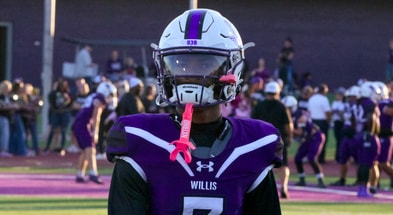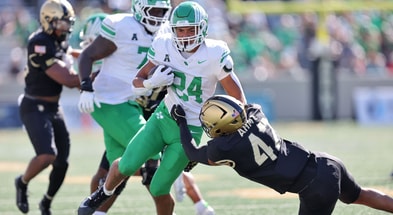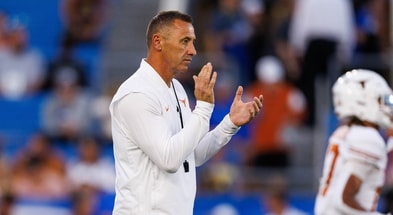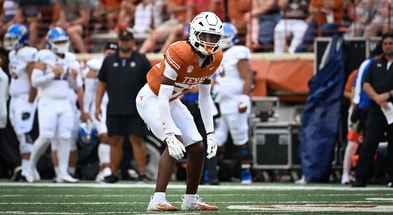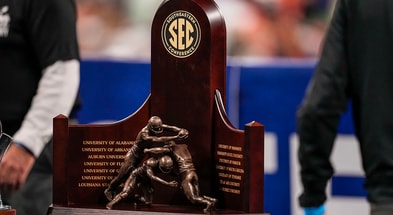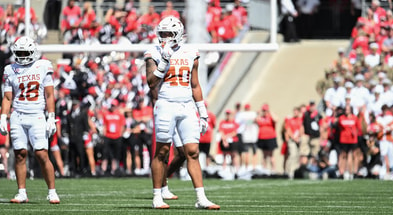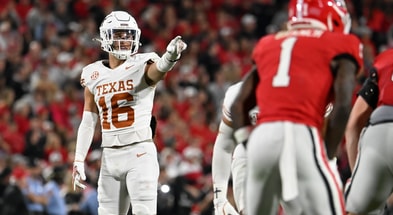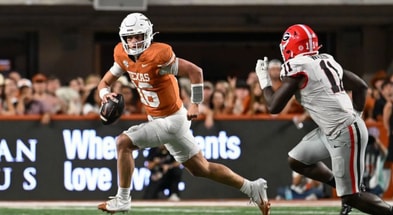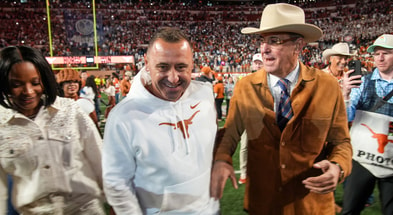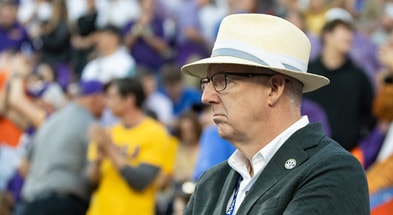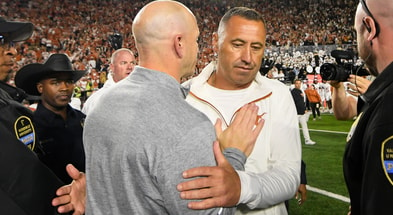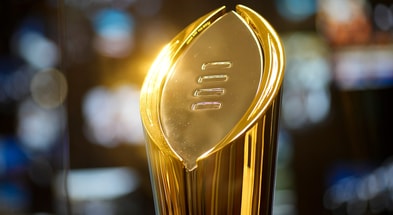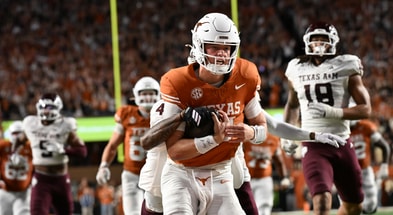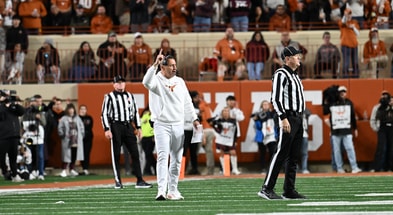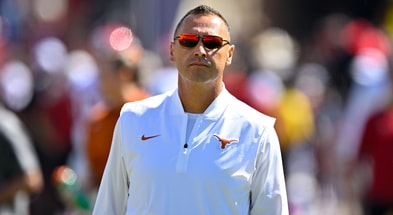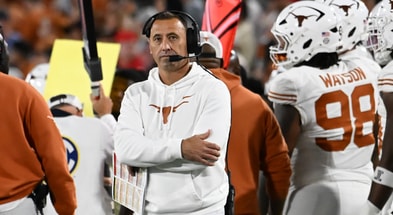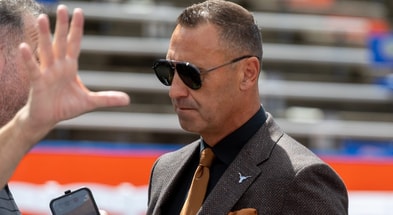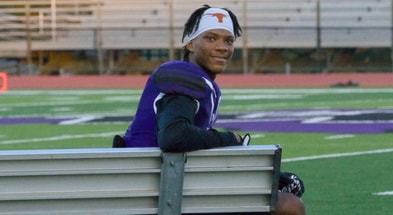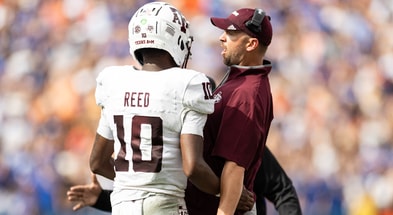An attempt to alleviate the confusion related to House, NIL, pay-for-play, Deloitte, etc.
Are you one of the millions confused about most aspects of the college sports compensation conversation in the wake of the House v. NCAA court settlement?
[Sign up for Inside Texas for $1 and get PLUS access up to the Ohio State game!]
I’ve found that writing about a topic is a good way to learn more about it and so I hope this lengthy write-up helps you get a little bit clearer picture on what’s going happening in college sports at the current moment. But even with this data, there remains widespread uncertainty.
This is not a “why Texas is struggling on the recruiting trail” article. But there are some aspects of the current news story that point toward factors that have become relevant in recruitments Texas is involved in and recruitments without any burnt orange influence.
As you’re reading this article, make sure to have this piece from On3’s Pete Nakos opened up along with this from Yahoo’s Ross Dellenger to look through after you’re done. There are a lot of different angles and aspects of this story, and this piece will reference those articles, but one thing is certain: confusion is rampant.
When they say the schools can pay players now…
The House vs. NCAA settlement, which the NCAA and the Power Five conferences agreed to instead of engaging in litigation that would have made the final $2.8 billion in back damages look like chump-change, allows for schools to share revenue up to a cap of $20.5 million per year with athletes. House refers to former Arizona State swimmer Grant House, not the U.S. House of Representatives.
The schools settled for this and agreed to this provision instead of facing the possibility of paying almost $20 billion in back damages. Billion with a B.
That $20.5 million cap looks different school to school in Division I. In the Southeastern Conference, the league is requiring its institutions to dedicate $2 million of its cap to “Alston payments.” What those are don’t matter all that much, just know it’s from another court case where the NCAA essentially was told “you aren’t doing things right.”
So that leaves $18.5 million to share. Most schools are dedicating around 75% of that cap to football.
This is where any concerns about the actual schools themselves and not the ecosystems surrounding them going over the cap ring hollow. Schools don’t want to add a $20.5 million line item to their budget. Texas Athletics brought in $331 million in the 2024 fiscal year. So by percentage points, the Longhorns can share up to 6% of their revenue just from FY2024. Not doing so would put UT athletics at a competitive disadvantage.
That’s a HUGE number. And don’t forget: football is the only revenue producer for many athletic departments and not every athletic department turns a profit.
The percentage points look considerably higher for other schools. There are a number of FBS schools that don’t even bring in $100 million, let alone $200 million. In an era where athletic departments not only have to fully fund scholarships but also pay their players, spending more money than what’s allowed isn’t on their minds.
When you hear the term “publicity rights” or “revenue sharing” or “schools paying players,” proper references are talking about paying players against the $20.5 million cap direct from the institution. This does fit under the overall umbrella of Name, Image, and Likeness, or NIL, but the more specific terms help describe what part of NIL schools provide.
More math to find more money
Last year, it was reported that Ohio State’s “collectives have combined to raise an estimated $20 million to support this year’s football roster.”
So here are a few equations.
20,500,000 (the revenue sharing cap) – 2,000,000 (Alston payments) = 18,500,000
18,500,000 x 0.75 (75% for football) = 13,875,000
That’s a lot less than $20 million. So for championship caliber rosters, ones like Texas’ that are expensive but don’t cost near as much as one report’s projected $35-40 million, where do they find the additional money needed?
This is where what’s now being called noninstitutional NIL payments come into play. Previously, collectives such as the Texas One Fund could pool money from Texas Longhorns fans and reimburse players for their appearances in support of charitable organizations. They have to operate under different rules now in the wake of the House settlement, but the end goal of the Texas One Fund remains the same: putting money in Longhorns’ pockets.
Of course, businesses are able to provide NIL reimbursement to players. This “corporate NIL” is pretty uncontroversial. Think Bijan Mustardson. Think Arch Manning and Red Bull.
Collectives are still around, but they have to operate under the settlement’s regulations and their ability to pay players is more scrutinized than ever considering every noninstitutional NIL deal of $600 or more has to go through a clearinghouse. And that part of the process, along with other aspects of the House settlement, has put college football in its current confusing position.
No one knows what’s really going on
Dellenger is at Big 12 Media Days and gave the conference’s head coaches a chance to sound off about the current landscape, one where prospects like Felix Ojo have agents announcing the details of guaranteed revenue sharing contracts agreed to in exchange for a commitment and an eventual signing day signature.
Top 10
- 1Breaking
Iowa State wastes no time
Makes surprise HC hiring
- 2New
Matt Campbell
Penn State hires new HC
- 3
Georgia seeking damages
From Missouri transfer DE
- 4
Confirmed Bowl Games
Full list of postseason matchups
- 5Trending
Most-watched CFB games
Top 10 of 2025 season
Get the Daily On3 Newsletter in your inbox every morning
By clicking "Subscribe to Newsletter", I agree to On3's Privacy Notice, Terms, and use of my personal information described therein.
But are those even allowed? Based off the settlement, you’d think no.
The NCAA released a 36-page Q&A for member schools in June on House and revenue sharing specifically. It included this tidbit.

That sounds all well and good, but we already know about Ojo and his deal with Texas Tech. Everybody knows this is being ignored. It’s obviously not August 1, and yet we know Ojo’s contract details?
There are a few things that make this NCAA guidance as currently feckless as other NCAA guidance, at least as far as bold and well-funded super-boosters or booster corps are concerned.
The first is that obviously, as mentioned, entities like schools and noninstitutional collectives and businesses aren’t waiting on the calendar in the House era.
The second is that there are states passing laws that essentially say schools can do what’s necessary to abide by House regulations and that anything in the legislation signed by their governor supersedes anything passed down by the NCAA. Tennessee did this in May. Michigan has a similar bill on its house floor.
Texas recently passed a bill that doesn’t appear to go as far as Tennessee’s, but it does allow for 17-year old high schoolers in the Lone Star State to receive NIL payments. This pertains to both revenue sharing and NIL and noninstitutional NIL. These laws also fly in the face of NCAA calendar regulations considering many are like Texas’ and permit high schoolers to seek and obtain NIL. In fact, language in these laws say the NCAA and Deloitte have no real say in the matter.
The third… wait… did that say Deloitte? Yes, they’re involved and their involvement adds additional confusion.
As part of the settlement, the NCAA and its member institutions started the College Sports Commission. The CSC created “NIL Go,” which is run by Deloitte and functions as a clearinghouse for third-party NIL deals such as those with collectives or car dealerships or law firms or natural gas companies. They evaluate deals based on payor association, valid business purpose, and range of compensation.
From their website…
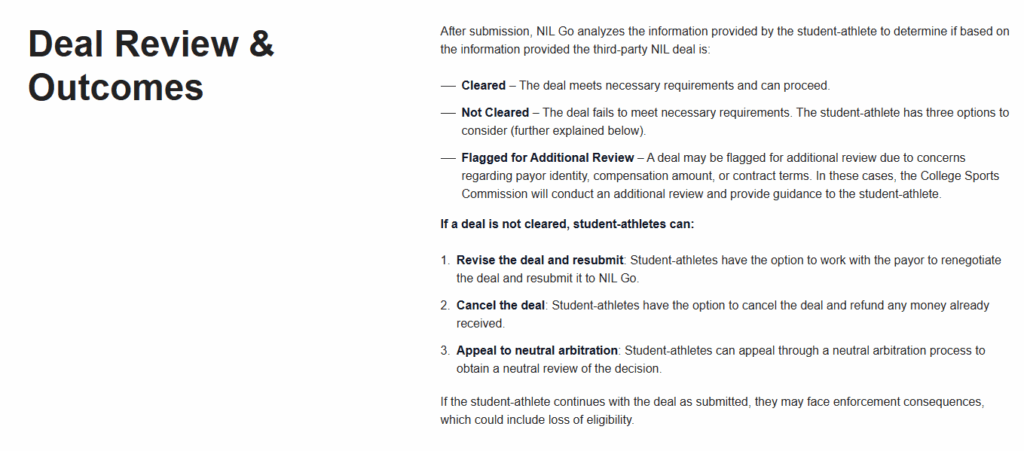
Ignore 2026 recruiting for a second. Football teams have rosters full of players that they have to deal with. Then they have men’s basketball players. They have women’s basketball players. They have baseball players. They have softball players. They have entire athletic departments, and many of them likely have some sort of deal in place.
From Dellenger’s article, Arizona State head coach Kenny Dillingham said it best.
“We don’t know the rules,” the Arizona State head coach says. “The settlement passed, but who knows what Deloitte is going to clear. Until there is clarity, you’re living in limbo.”
And there’s something else.
“You are seeing a lot of people lie and promise fake things,” he says.
A parting shot from Nakos’ article that explains where we are…
Recruiting staffers have said some top prospects are making anywhere from $20,000 to $25,000 monthly.
“It doesn’t matter who did it first,” a Power Four general manager recently said. “It doesn’t matter who did it after. It’s the world we live in right now.”
Aug. 1 marks the official offer date for when institutions can begin offering revenue-sharing contracts to recruits. But that has not stopped schools from making verbal offers or informally sending contract numbers. Recruits are not able to sign rev-share deals until National Signing Day.
NIL collectives and schools have changed tactics, too. Some schools are having NIL collectives work as marketing firms, striking deals with recruits that expire before they set foot on a college campus. Signing high school recruits to pure name, image and likeness deals is legal, depending on state rules.
But at the college level, the wait continues for the NIL clearinghouse to rule on highly valued booster-driven contracts.
Confused about which law is the one institutions and collectives have to follow?
And which regulations institutions are ignoring?
And which states permit one thing and which states prohibit another thing?
And which deals work and which deals don’t?
Everyone is. What’s that old Genesis song, Land of Confusion? That’s where college sports and college football are at, and that land of confusion has brought about a waiting game for real answers as to what enforcement is actually going to look like.
And in the meantime while waiting for that enforcement, if it even shows up at all, monetary offers have flowed to recruits and current players without consequence. And if the enforcement pops up? Well, back to the courts we likely go.
There are so many layers to this story, but hopefully this explains where the sport is on July 9. Until there’s teeth enforcement, there’s no enforcement.
Who knows what July 10 will bring.
